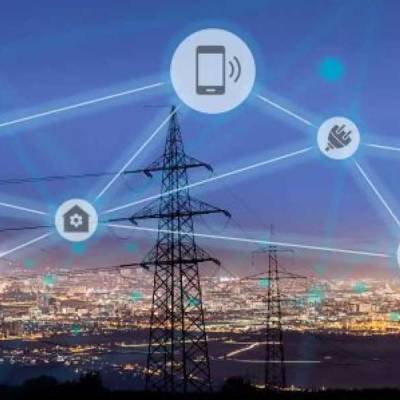According to a Power Ministry statement issued, the country will soon have a modern and smart power transmission system with features such as real-time monitoring and automated grid operation.
The government has accepted the report of a task force or expert panel, paving the way for India to have a modern and smart electricity transmission system.
The modern and smart power transmission system will provide better situational assessment, increased renewable capacity in the power mix, improved transmission capacity utilisation, greater resilience against cyber attacks as well as natural disasters, centralised and data-driven decision-making, reduced forced outages through self-correcting systems, and so on.
These and other recommendations are included in the report of a task force established by the power ministry in September 2021 under the chairmanship of POWERGRID chairman and managing director to suggest ways to modernise the transmission sector and make it smart and future-ready, according to the statement.
Representatives from state transmission utilities, the Central Electricity Authority (CEA), central transmission utilities, MeiTY (Ministry of Electronics and Information Technology), IIT Kanpur, NSGPMU, and EPTA were also on the task force.
The committee’s report was accepted by the government following discussions with Union Power Minister R K Singh last week, according to the statement.
During the meeting, the minister emphasised the importance of a modern transmission grid in achieving the government’s vision of providing people with 24×7 reliable and affordable power while also meeting sustainability goals.
According to Singh, a fully automated, digitally controlled, fast responsive grid that is resilient to cyber attacks and natural disasters is urgently needed.
According to the minister, such a system should ensure the isolation of specific areas in the event of a contingency, in order to protect the grid and prevent larger outages.
Singh commended the task force’s efforts and directed the CEA to develop the necessary standards and regulations for the adoption of identified technological solutions, as well as to establish benchmark performance levels, in order to build a robust and modern transmission network in the country.
In its report, the task force recommended a variety of technological and digital solutions that can be implemented to make state transmission grids future-ready.
These recommendations have been categorised as follows: modernization of existing transmission systems; use of advanced technology in construction and supervision, operations and management; smart and future-ready transmission systems; and workforce upskilling. Based on the performance of global transmission utilities, the task force also recommended benchmarks for transmission network availability and voltage control.
While the short- to medium-term recommendations will be implemented over 1-3 years, the long-term interventions will be implemented over 3-5 years, according to the report.
See also:
Mizoram to adopt smart prepaid power meters
Husk Power Systems bags $4 mn fund for India’s rural microgrids


